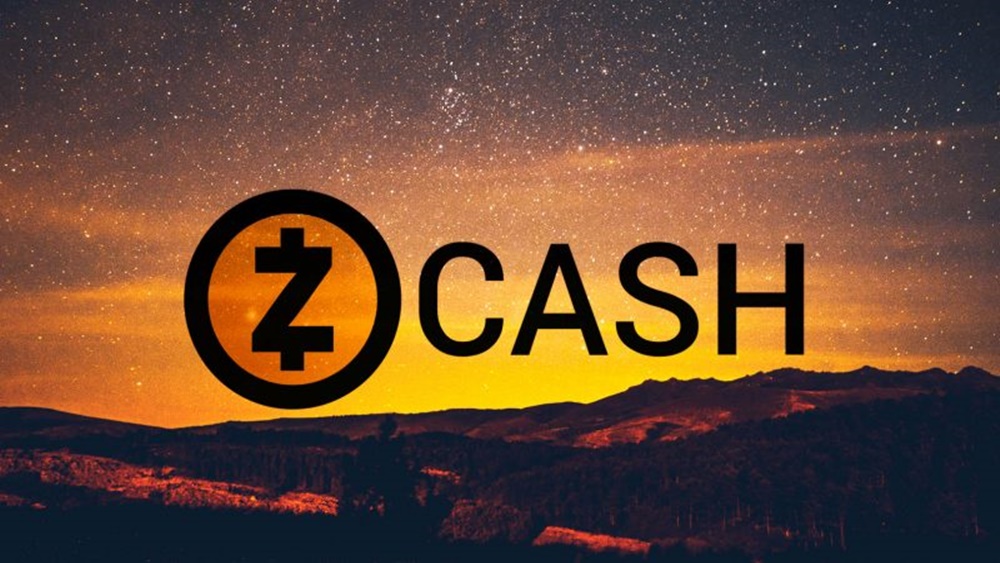
Launching in 2016, Zcash offered a higher level of privacy by introducing “shielded addresses,” which were designed to encrypt the transaction and address data stored on its blockchain.
Still, Zcash lets users choose the level of anonymity they’d like, offering two types of addresses: transparent addresses (which appear on the blockchain) and shielded addresses (which do not).
Users can send transactions between the two types of addresses, as well, though this brings additional privacy considerations.
How did Zcash launch?
To enable its cutting-edge cryptography, the Zcash blockchain had to be set up in a way that was unique from other cryptocurrencies. This process (called the “Zcash ceremony” or “Zcash trusted setup”) remains a linchpin of many critiques about the project.
For one, it required Zcash’s creators to trust people from around the world to cooperatively create what was essentially a master public key for its blockchain using shards of a private key.
Participants were then given instructions to destroy the remaining data to protect it from future manipulation. (More details can be found here.)
The downside of such an approach is that, while theoretically secure, no one can ever prove that the ceremony was conducted as intended. (Perspectives on this issue remain diverse.)
As of 2020, the Electric Coin Company, helmed by CEO Zooko Wilcox, employs a large team of cryptographers working to develop the Zcash blockchain. This work is further supported by the non-profit Zcash Foundation.
Both groups receive part of their funding through the release of the new ZEC by the Zcash protocol.
How does Zcash work?
Apart from its privacy features, Zcash operates similarly to other cryptocurrencies.
Both shielded and unshielded Zcash transactions are verified by nodes and recorded on the blockchain. Blocks are added by an open network of computers using an algorithm called Equihash, which calculates the amount of RAM a miner is devoting to securing the blockchain.
This design was meant to mitigate the impact of specialized mining equipment, allowing smaller computers to better compete for rewards. (As of 2018, however, large-scale mining businesses had developed Zcash-specific mining machines.)
Another uncommon attribute of Zcash was how its cryptocurrency was set up to be distributed.
For the first four years of the blockchain’s operation, 80% of its block reward was programmed to go to miners, with 20% allocated to the Electric Coin Company, the Zcash Foundation as well as some of their key employees and stakeholders.
This subsidy was supposed to expire in 2020, around the time that the protocol experiences its first “halving,” in which the supply of new ZEC the protocol can produce is reduced.
Who created Zcash?
The history of Zcash traces back to 2013 with the publication of the Zerocoin white paper (authored by professors Matthew Green and Eli Ben-Sasson, among a larger group of cryptographers and academics).
The authors believed the design of Bitcoin compromised user privacy, and in response, they offered new solutions. However, the project had its limitations. For one, Zerocoin was designed for Bitcoin, which would have necessitated a number of complex changes to its blockchain.
This work was later advanced by cryptographer Zooko Wilcox in 2015 when he founded a startup to explore how the ideas behind Zerocoin could be used to create a new cryptocurrency.
Zcash was announced in 2016 and released to the public in October of that year.
Source: https://www.kraken.com/learn/what-is-zcash-zec/

Comments